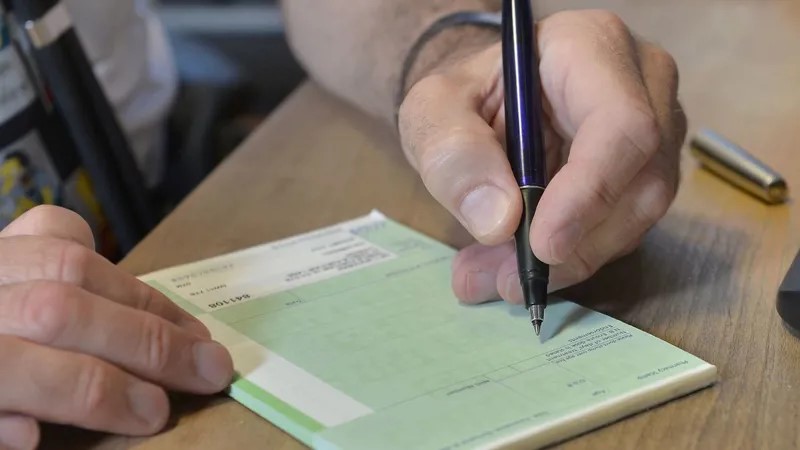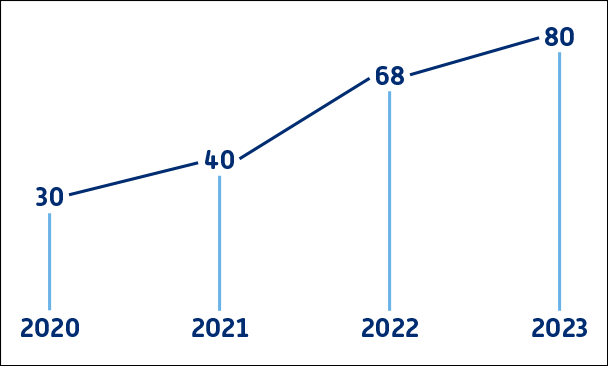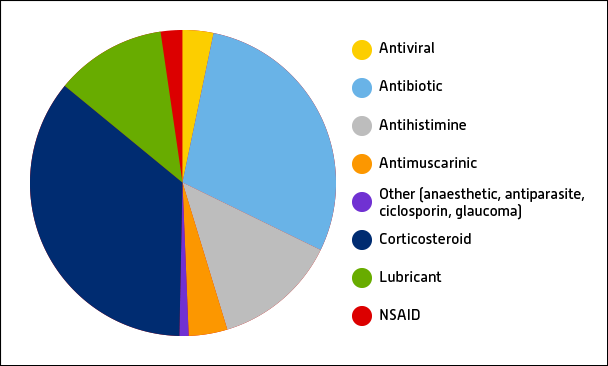Maximising Use of Independent Prescribers in Community Urgent Eye Care Services
10 November 2023
The Community Urgent Eye Care (CUES) service specification, published by NHS England in April 2020, includes a pathway for use by Independent Prescribing Optometrists, widening the scope of previous Minor Eye Conditions Services (MECS).

The Community Urgent Eye Care (CUES) service specification, published by NHS England in April 2020, includes a pathway for use by Independent Prescribing Optometrists, widening the scope of previous Minor Eye Conditions Services (MECS).
At the time, this independent prescribing element was welcomed as a significant step forward for optometrists to perform at the top of their license in a primary care setting.
Access to Prescription Pads
Over the past three years, 89 optometry practices have been set up as prescribing cost centres by Primary Eyecare Services, with 80 independent prescribing optometrists accessing FP10 pads for use in the Community Urgent Eye Care Service.
The setup process has now been perfected, and it can now take as little as two weeks for an Independent Prescribing optometrist to receive their FP10 pad.
Independent Prescriber Optometrists with FP10 Pads in CUES

Without Independent Prescriber optometrists in CUES, more patients require onward referral to hospital eye services for treatment and drugs prescribed outside the core CUES formulary.
How To Obtain FP10s
Primary Eyecare Services has worked with commissioners and local medication management teams to find the most suitable process for providing FP10 prescription pad access for independent prescribing optometrists in local enhanced services.
By continually reviewing the steps involved, Primary Eyecare Services now has a clearly defined approach to support independent prescriber optometrists through the application processes.
The first step is a discussion with the ICB commissioners, and their medication management leads, to agree on the most suitable arrangement for them. The NHS commissioner always remains responsible for the cost of the prescriptions with two options for delivery:
- The Commissioner becomes the ‘Parent’ organisation for the NHS Prescription Services system. Cost centres are then set up for each optometry practice with an independent prescriber optometrist
- Primary Eyecare Services becomes the ‘Parent’ organisation for the NHS Prescription Services systems. Primary Eyecare Services will create cost centre(s) for the optometry practices with an independent prescribing optometrist and recharge the NHS commissioner for the prescription and drug costs
Initially, both options were used by commissioners. However, almost all commissioners with whom we work with on this pathway have moved to use Primary Eyecare Services as the ‘Parent’ organisation – with us being responsible for the cost centre and administration.
Setting up an optometry practice cost centre and independent prescriber involves several steps. Although these are straightforward, the process does rely on several organisations and a member of the Primary Eyecare Services team to oversee each stage from start to finish.
Once an optometry practice is a cost centre and the independent prescriber has been added, the practice sets up a Xerox account to order FP10 pads direct.
Invoices for items prescribed by independent prescribing optometrists using FP10 pads are sent to Primary Eyecare Services from NHS Business Services Authority (NHS BSA). Primary Eyecare Services pays the invoice to NHS BSA and recharges this back to the NHS commissioner.
Taking the Pressure off Secondary Care
Over the past three, years, we have enhanced and expanded our support to help independent prescribers access FP10 prescription pads in areas where we co-ordinate the CUES service.
In the year 2022/23, some 1237 FP10 prescriptions were issued by CUES independent prescribers. Of these prescriptions, 36% were for corticosteroids – for which patients would have previously required hospital appointments to receive.
FP10 Prescribing

Independent prescribers follow local, collective protocols for working alongside other healthcare professionals. These protocols span medicine management processes as well as local formularies informing prescribing recommendations.
What Patients Are Saying About CUES
“I usually have a flare up with my Uveitis once a year and would normally visit the Eye Hospital for treatment, where I have been a patient for more than 20 years. Not wanting to attend unnecessarily during the pandemic, I contacted my local optician to see if they could confirm that it was indeed a new bout of uveitis before heading to the hospital.
It was then they explained the new service to me, CUES which I have found incredibly useful to have on my doorstep. I was triaged over the phone by optometrist in Altrincham, who then booked me in for a face-to-face appointment the following day.
I felt very safe and reassured at my appointment, and within the hour I had been examined, diagnosed, prescribed medication and was on my way home. The service was much more efficient – I would encourage anyone needing urgent eye treatment to use the service.
I know more than most how important it is to diagnose and medicate eye issues quickly. CUES is local, quick, simple to access and easy to use. I would definitely use this service again and recommend to others.”
Continuing To Unlock the Full Potential of IPs
Speaking about the impact of IPs on clinicians and the public, Wendy Craven, Clinical Director at Primary Eyecare Services, said:
“Independent prescribers have and continue to add tremendous value to CUES services for the benefit of patients and the NHS locally.
There exist yet further opportunities to collectively enhance service provision. This includes incorporating this pathway element into all minor and urgent eye care services and increasing the number of independent prescribers available locally with capacity to see more patients.”
Continued development is ongoing between Local Optical Committees and regional NHS commissioners – particularly on workforce enhancement – in order to facilitate improved delivery of the CUES service.